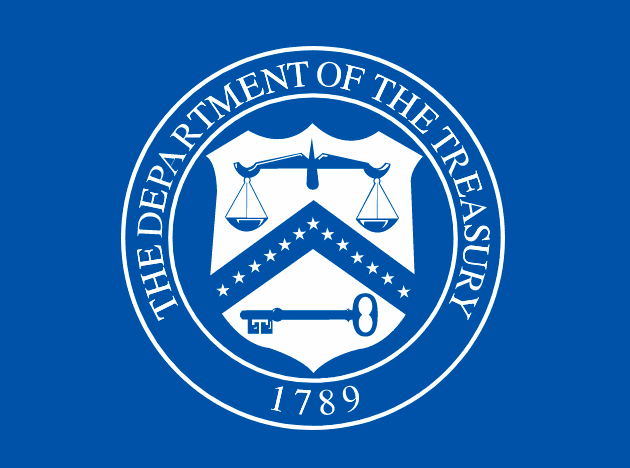US Treasury seeks input on capital market support for NBCR / cyber terror

The United States Department of Treasury’s Federal Insurance Office (FIO) is seeking industry input and feedback on how available reinsurance and retrocession support from the capital markets may be for terrorism related risks.
It’s the latest effort to gain input and feedback from insurance and reinsurance sector constituents as well as other stakeholders, on how well the Terrorism Risk Insurance Program (TRIP) is working.
It was created under the Terrorism Risk Insurance Act of 2002 (TRIA), which requires participating insurers to make insurance available for losses resulting from acts of terrorism, as well as providing a federal government reinsurance-like backstop.
Now, an effectiveness report has to be submitted to Congress by June 30th 2022 and the FIO is seeking input on some key issues related to the terrorism insurance program (TRIP) from the industry.
Some of the issues are of relevance to the insurance-linked securities (ILS) market, as well as to capital markets sources of reinsurance capital.
Specifically, Steven E. Seitz of the FIO is asking for industry input and feedback on two key areas of terrorism insurance risks, nuclear, biological, chemical, or radiological (NBCR) coverage and cyber terrorism cover.
The FIO is seeking comments on:
The availability of terrorism risk insurance coverage for losses arising from nuclear, biological, chemical, or radiological (NBCR) exposures, and the availability of reinsurance or capital markets support for such terrorism risk insurance;
and
The availability of reinsurance or capital markets support for cyber-related losses arising from acts of terrorism as defined under TRIA.
The specific mention of capital markets support in both cases is presumably a direct reference to insurance-linked securities (ILS) structures, such as catastrophe bonds and whether they can provide additional reinsurance and retrocession capacity to underpin the TRIA and TRIP terror insurance programs, so helping to provide more capacity and support to the insurers writing these risks.
It’s a subject that has been raised in the past, with investigations into how the capital markets could provide additional capacity to underpin TRIA and TRIP having happened before.
We’ve written numerous times about the challenges faced in provision of adequate cyber insurance, with a lack of reinsurance and retrocession capacity two issues that hold back the development and growth of the cyber marketplace.
This has also been true about NBCR terror exposures, where the traditional market has not always had the reinsurance or retro capacity to absorb all the risk that could be originated and insurers have therefore been hindered in offering as much coverage as they would like.
It appears the FIO would like to see these terror insurance products becoming more readily available and recognises the need for more reinsurance capacity to underpin them, as well as the potential for capital market investors and ILS funds to play a role here.
Of course, we have precedence here thanks to the two catastrophe bonds sponsored by Pool Re, the UK’s government backed terrorism reinsurer.
Pool Re has secured retrocessional reinsurance capacity from the capital markets through its Baltic PCC catastrophe bond deals, the second of which was issued this year.
These contain an element of exposure to cyber terror and NBCR, or CBRN as Pool Re terms it, demonstrating the capital markets have an appetite for these risks in a well-structured, securitised format.






